July 31, 2013
There is hardly a month of the year when some birds aren’t migrating or engaged in some kind of nomadic or post-breeding movement in Florida. Almost as soon as the last of the transient spring migrants have left the state (bobolinks and some of the shorebirds come to mind) sometime in mid-May, the first of the southerly moving birds begin to appear. Still, summer birding in Florida tends to be relatively low in diversity, and mostly restricted to early or late in the day when the birds are most active and the temperature and humidity are at least somewhat tolerable. Particularly for passerine birds, my favorites, Florida is dramatically and perplexingly low in breeding species. So it’s always a great joy to me when “fall” passerine migration begins in earnest in late July and early August. For some species, like yellow warblers, the peak of migration comes well before true fall, as delimited by the autumnal equinox, begins. But I don’t see yellow warblers that much unless I happen to be in the right kind of habitat. American redstarts, waterthrushes, and black-and-white warblers are also likely to appear as part of the vanguard of fall migration. But it is the prairie warblers that really say to me that migration has begun. They can be abundant at times, and very broad in their choice of habitat. I saw my first prairie warbler of the season in my backyard on July 30, and that prompted me to hit the field on the 31st to look for these lovely little birds and their compatriots.
Juniper Prairie Wilderness in the Ocala National Forest has become one of my favorite places to look for passerines in the last couple of years. This huge tract (roughly 14,000 acres) is bounded on the south by SR40, on the east by SR19, on the north by FR (Forest Road) 46, and on the west by FR33; within that huge expanse there are no fire roads or other access for motorized vehicles. Hiking trails crisscross the wilderness and its mosaic of habitats, which include huge expanses of scrub in a variety of seral stages, “islands” of sandhill habitat dominated by longleaf pine, and a confusing array of aquatic, semi-aquatic, and seasonal wetlands that form in the depressions and basins characteristic of areas influenced by Karst topography. This is the landscape written about by Marjorie Kinnan Rawlings in The Yearling; the area around Pat’s Island (one of the habitat islands of longleaf pine-dominated sandhills) was home to a small community of folks who farmed, hunted, and otherwise scratched a living from these often harsh habitats up until the 1930’s.
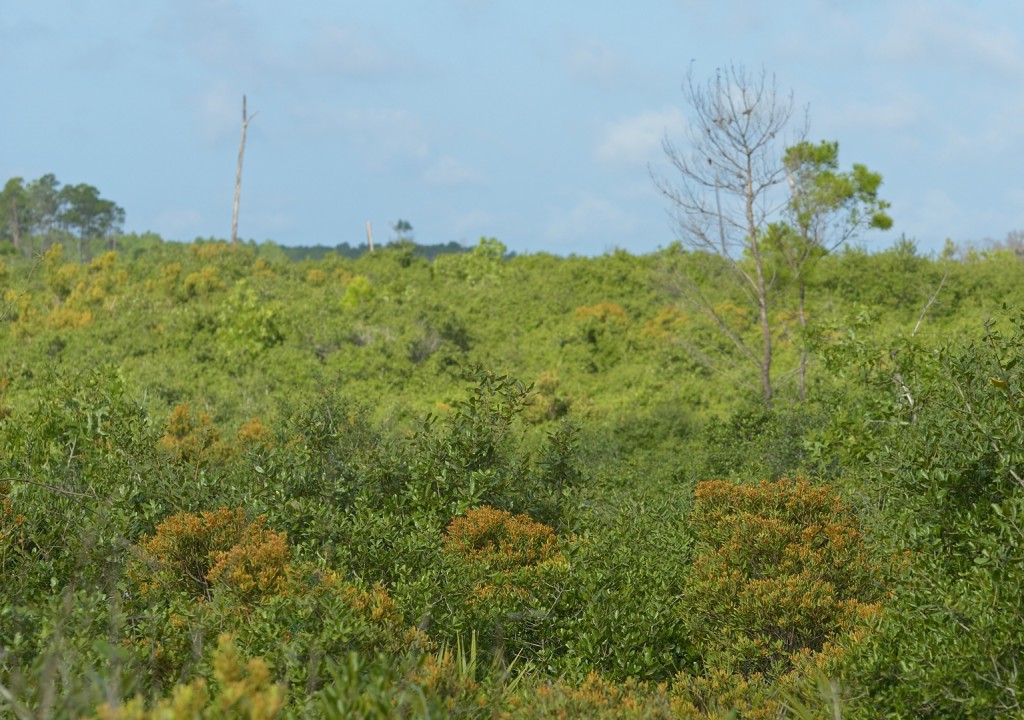
Extensive tract of oak scrub in Juniper Prairie Wilderness. New growth of Rusty Lyonia (Lyonia ferruginea) is very obvious right now.
My birding in the wilderness is done almost entirely from the roads, though, since hiking trails through mostly soft sand are not particularly welcoming to my people. In particular, FR46, which follows the northern boundary of the wilderness, is my favorite road for birding Juniper Prairie Wilderness. In the approximately 5-mile stretch between SR19 and its intersection with FR33, it passes through a variety of types of scrub and some areas of open sandhills. The older tracts of scrub, dominated by even-aged stands of sand pine, are typically lower in both bird and plant diversity than the more extensive areas of recently burned, harvested, or disturbed scrub, characterized by a rich variety of scrubby oaks and other sclerophyllous shrubby vegetation.
When you first enter the extensive tracts of Juniper Prairie scrub, a couple of miles west of FR46’s intersection with SR19, the vastness of this low-stature prickly-looking habitat is stunning. On first sight, it never struck me as a habitat that would harbor large numbers of birds. This is the stage of scrub succession that is ideal for Florida scrub jay breeding, and to be sure the jays are here in big numbers. It’s not uncommon to see and hear both scrub jays and blue jays very close to each other, though the blue jays tend to stick closer to the older tracts of scrub consisting mostly of sand pine. Surprisingly, though, the density and diversity of mixed species flocks of smaller passerines in the oak scrub barrens can be astounding. This is where I saw my only black-throated gray warbler several years ago, moving with a flock of more typical fall migrants.
Wednesday morning’s trip did not disappoint, though I found nothing as sensational as a black-throated gray warbler. I came looking mainly for prairie warblers, and found them in numbers. Nearly everywhere I stopped in the low oaky scrub habitat and looked, listened, or called for birds, I found them. It wasn’t unusual to see 3-5 prairies traveling together as a group, often in the company of chickadees and titmice, the core members of many mixed-species flocks. I didn’t keep count of precise numbers, but my guesstimate would be that I saw several dozen prairies. Most were the more dully colored females or immatures; I don’t think I saw a single male showing full alternate (breeding) plumage, with the brilliant yellow underparts with prominent dark streaking and bold black semicircle under the eye. Still, splendid little birds all. And curious.
I regularly use playback of screech owl calls and mobbing vocalizations of a variety of passerines, along with the low-tech practice called “pishing”, to entice birds into viewing range. Several of the prairie warblers attracted using these techniques perched within 10-15’ of my car window, intensely curious and motivated to find the virtual predator that was provoking such a commotion. In addition to the prairie warblers, a couple of other early season migrants/post-breeding wanderers were lured in – I saw a couple of yellow-throated warblers and one female-plumaged American redstart. The resident breeding species were out in force as well – tufted titmice, Carolina chickadees, eastern towhees, white-eyed vireos, northern parulas, northern cardinals, Carolina wrens, blue-gray gnatcatchers, great crested flycatchers, and both blue and Florida scrub jays all made an appearance at one or many locations. I saw, and heard, several family groups of scrub jays along this stretch of FR46 as well, with most containing several gray-headed juveniles. Typical of the big-brained corvids, they seemed to be constantly on the move, exploring and soaking up important information about the habitat in which they will mature and eventually breed.
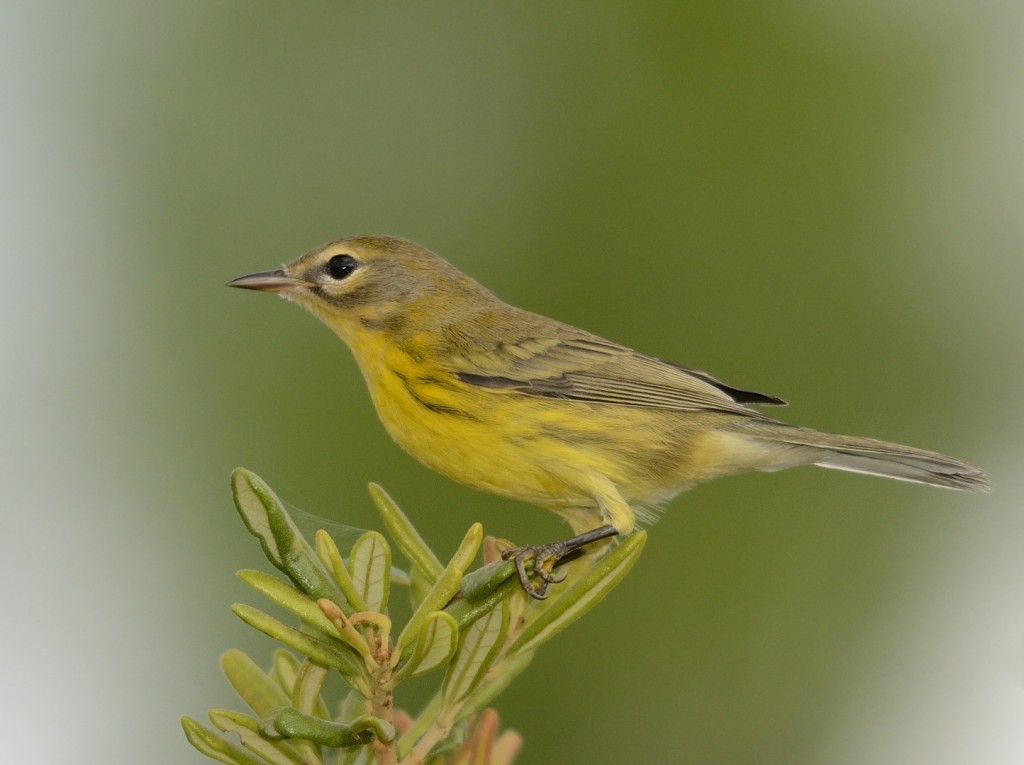 Open areas of the oak scrub, particularly those with some standing snags remaining from old mature sand pines, were filled with woodpeckers as well. Red-headed woodpeckers are abundant in this area, as are northern flickers, downys and red-bellieds. I even kicked up a couple of raptors, including a red-tailed hawk and an American kestrel. I’m guessing the kestrel was of the paulus subspecies, the resident race that breeds in Florida.
Open areas of the oak scrub, particularly those with some standing snags remaining from old mature sand pines, were filled with woodpeckers as well. Red-headed woodpeckers are abundant in this area, as are northern flickers, downys and red-bellieds. I even kicked up a couple of raptors, including a red-tailed hawk and an American kestrel. I’m guessing the kestrel was of the paulus subspecies, the resident race that breeds in Florida.
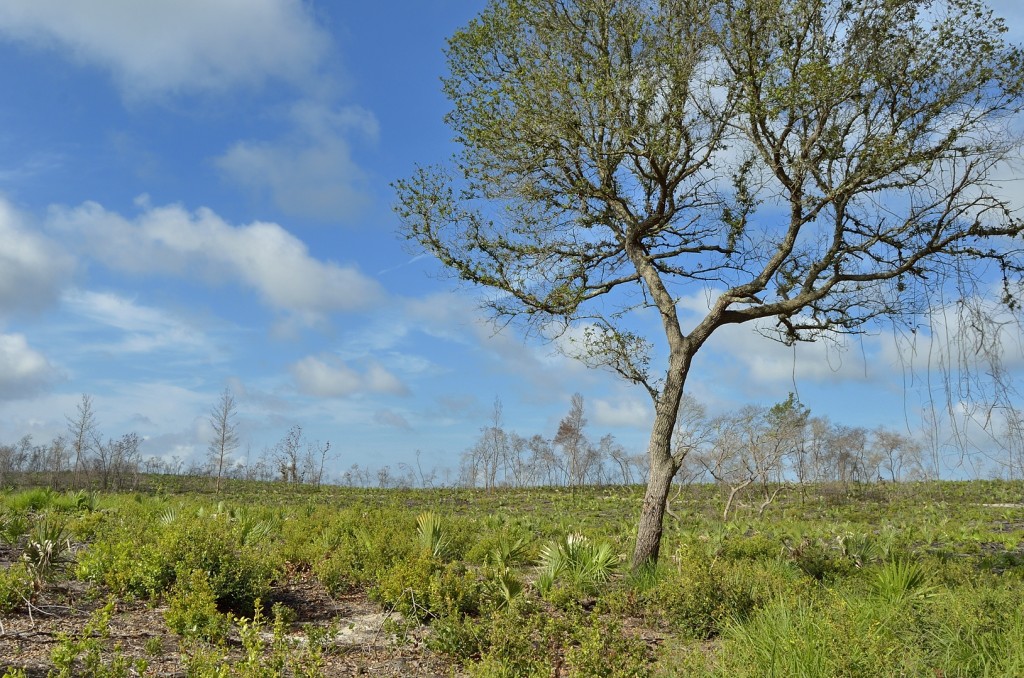
A recently burned tract of scrub just beginning to regenerate. This is where I saw the American kestrel, presumably a breeding bird.
Vast expanses of oak scrub and flocks of lovely passerines – what a great combination. And between now and the peak of fall migration, which by my reckoning occurs in the latter half of October, it will just get better.
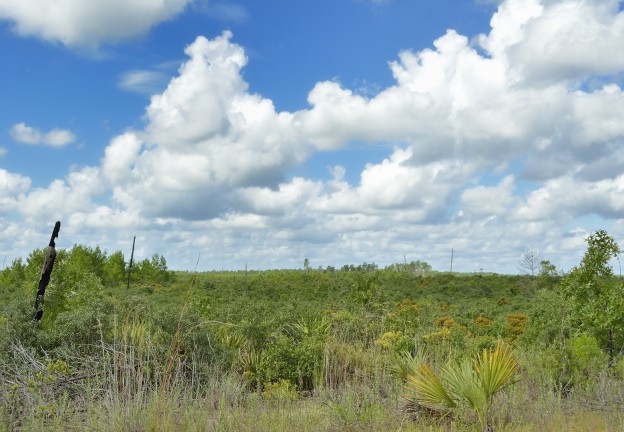
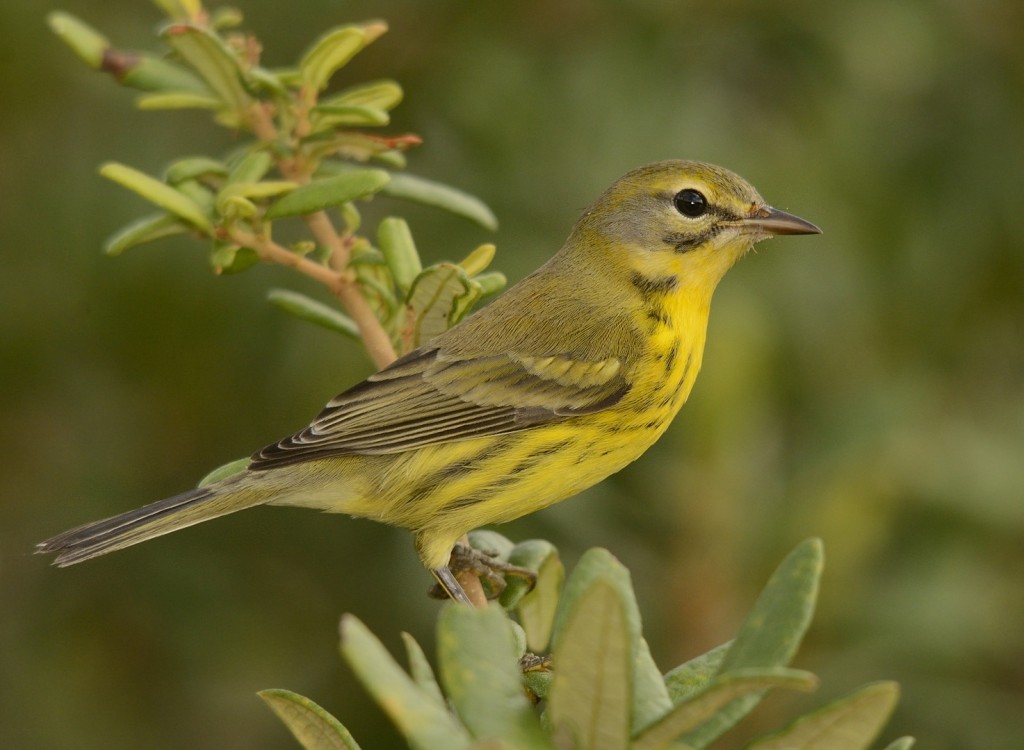
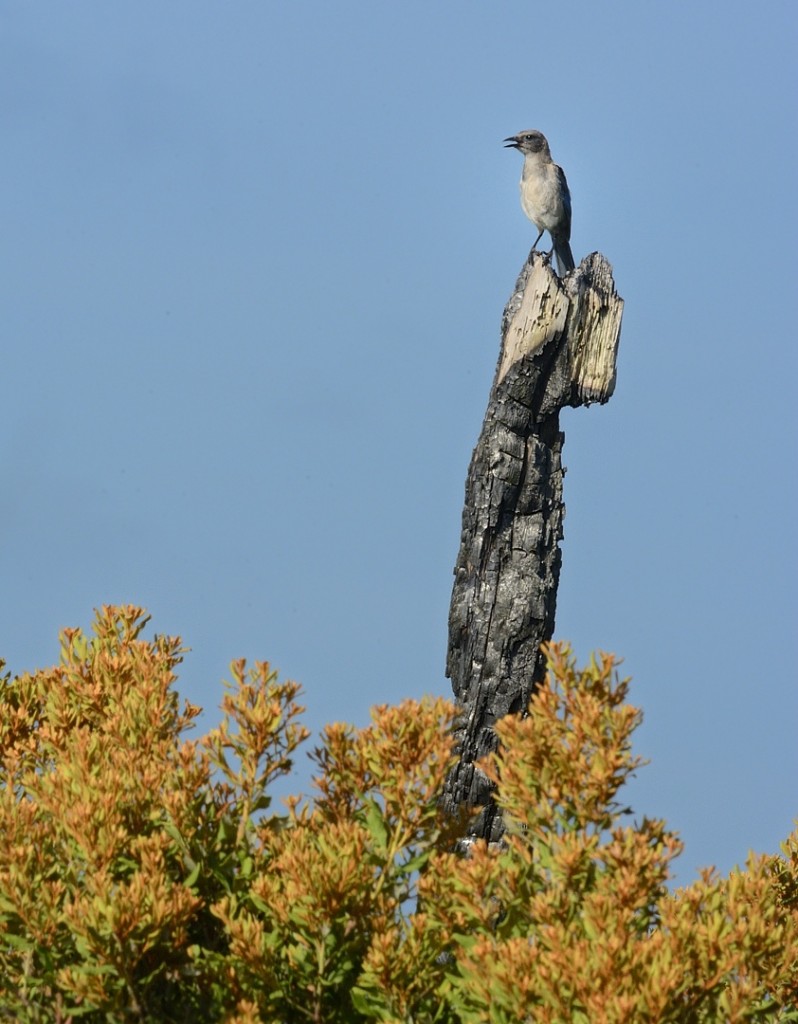
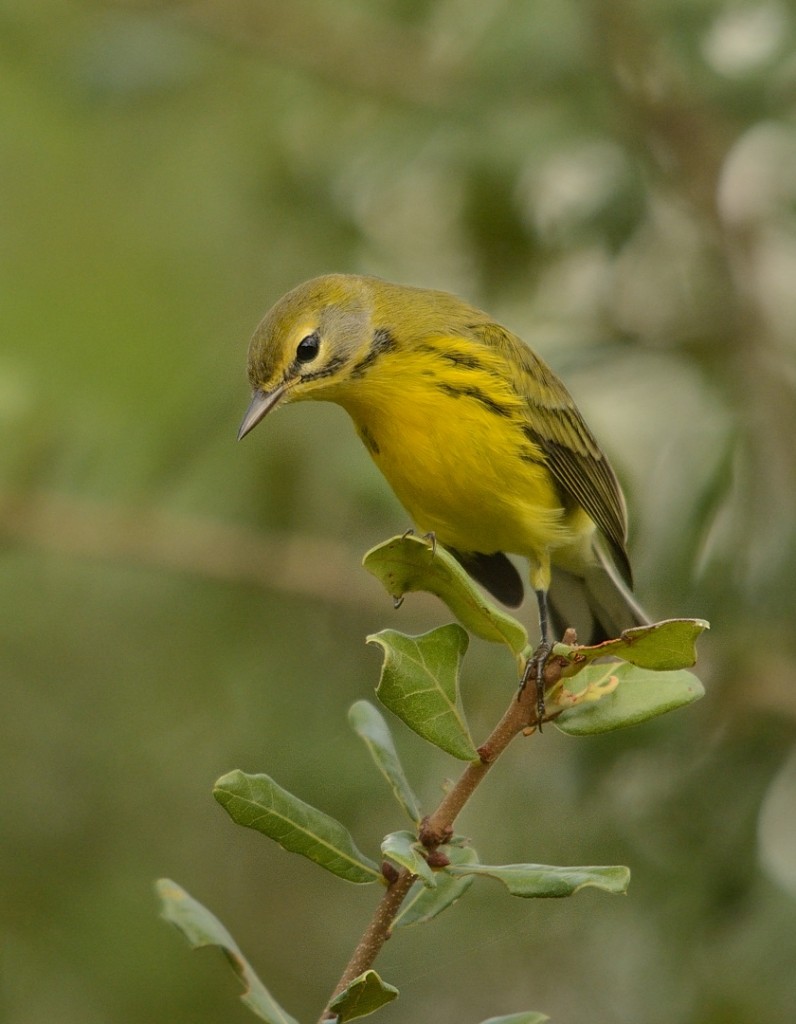
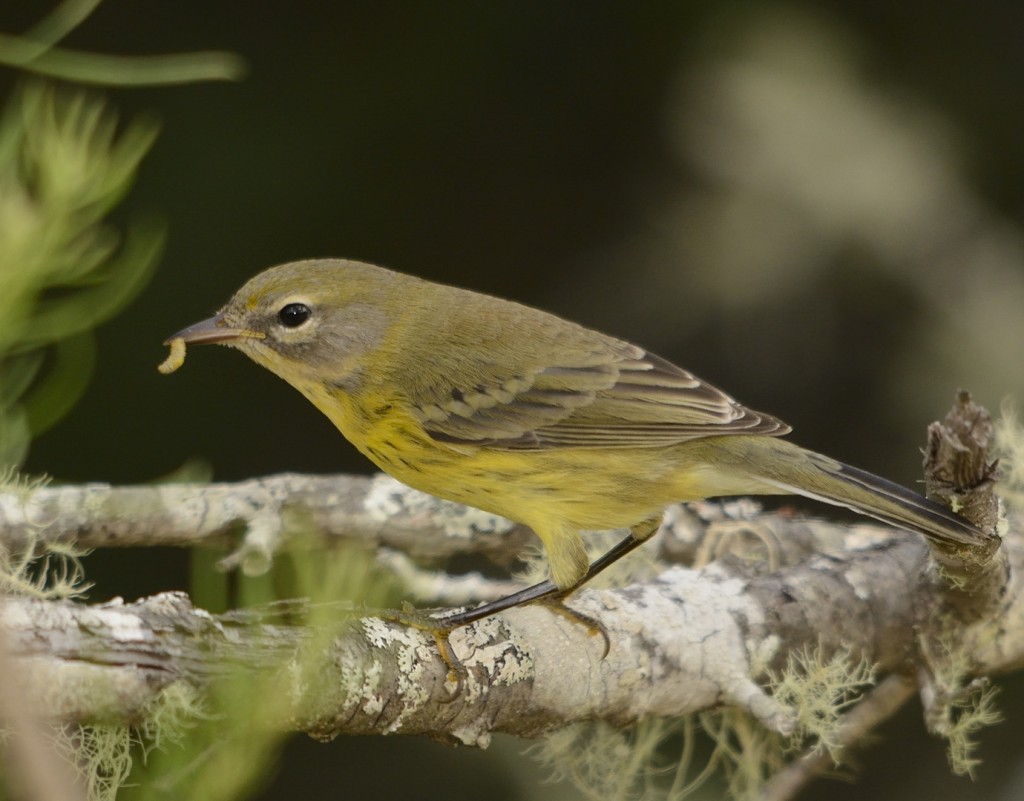
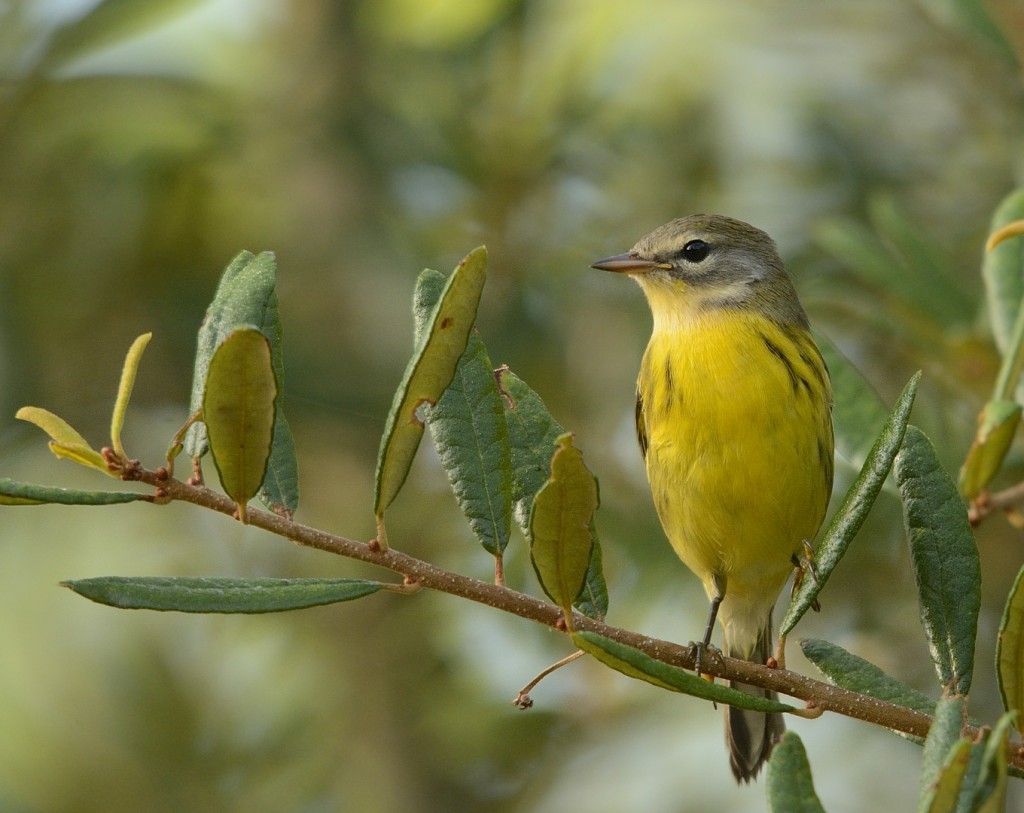
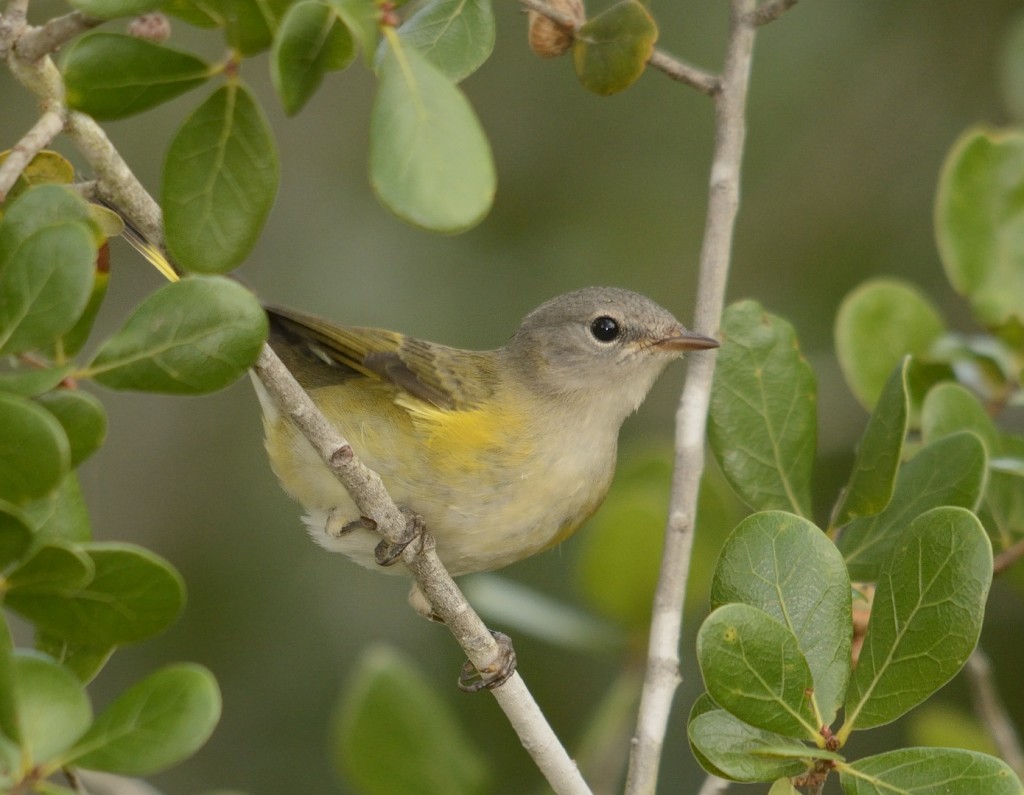
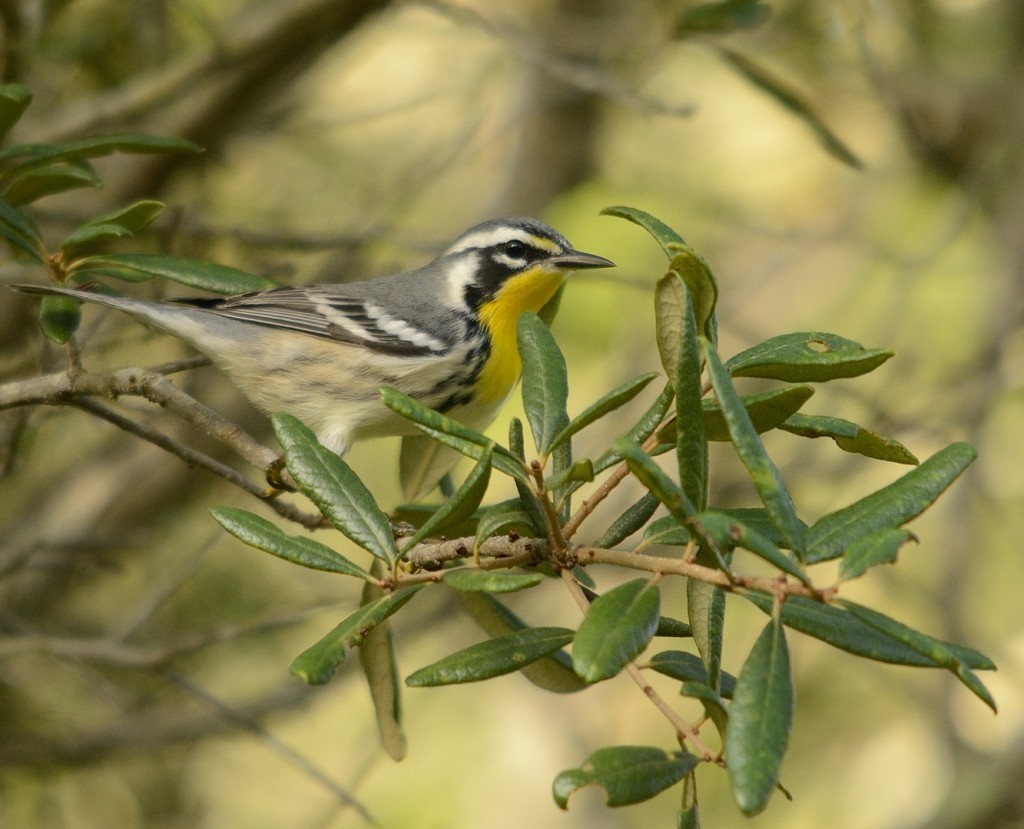
Aw, this was a very nice post. Throughout idea I have to put in writing such as this additionally gjnfycrs taking time and also actual hard work to make a good article
Thank you, leo
Pingback: The Ultimate Ocala Loop | Volusia Naturalist